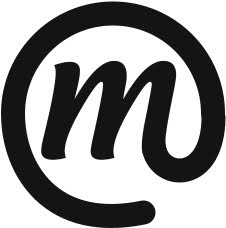Gustav Klutsis David Wallace
David Wallace Martin O'Neil
Martin O'Neil Michael Pajon
Michael Pajon Paul cava
Paul cava Paul Cava
Paul Cava John Slezaker
John Slezaker
Time to take a short break from making and look at the work of other collage artists. I am becoming aware of the breadth of the collage process as I expand my research. There is so much out there and I am finding some of the work unbalanced and seemingly random in assembly. I am drawn to artists who are using found and aged ephemera,particularly those who are dealing with the aesthetic of balance and space. From this criteria David Wallace (www.salczar.com) and Martin O'Neil are at the top of the list for me at present.
The emerging difficulty is sourcing suitable artists for reference from which to select for further inspiration in the development and consideration of my own personal approaches. There is so much out there! As I am becoming more confident in developing my collage work I am keen to use these outcomes as starting points for further processes; potential for the development of print from collage images and possibly small paintings in the style of Dan Reisinger are a current thread of investigation.
Following a discussion With Brendan Reid earlier in the week about the direction of my collage work I have been looking at the work of John Stezaker and relating his work to that of a few other collage/montage artists. Stezaker’s work considers juxtapositions of combined images, often incorporating landscape into portraits or human figures matching visual planes for effect and balance.His collages give a similar impression to the earlier photo montage work of Gustav Klutsis who was acclaimed for his spatial constructions in the Constructivist style and was one of the pioneering developers of Photomontage in the early 1920’s.
Paul Cava’s work is photo based and he works in a similar way to Stezaker. His collage work concentrates on the human figure and body using sensual and fluid juxtapositions of photographs with limited additional mark making. He has exhibited paintings, drawings and photo-based works from 1976 to the present in galleries and museums in the United States and Europe.
Michael Pajon’s work contemplates a variety of discarded ephemera: old matchbooks, antique postcards,books, and sheet music from a great aunt’s collection. His work collages ephemera from these sources and more with small elements building up the finished image.
I have include here another example from my current favourites: Martin O’Neil’s work appears regularly in the press – Guardian and as book jacket designs. “If Peter Blake is the Paul McCartney of collage, then O’Neill is its Tom Waits, a pre-digital artist for a post-digital age. “
John L Walters Eye Magazine.
David Wallace is still an inspiration. His sense of balance using a limited number of elements is inspiring.




















































